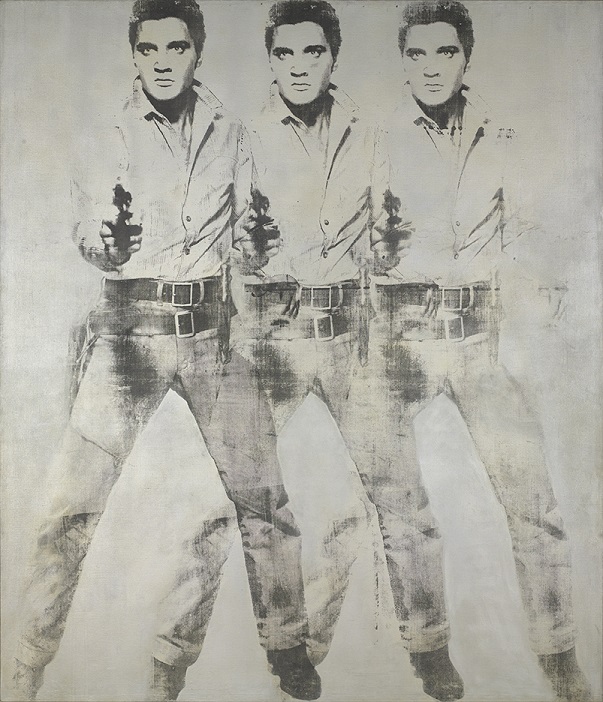Saturday, Dec. 9, is a big day for Jackson, Miss.
That’s when the new Mississippi Museum of History and the Mississippi Civil Rights Museum will open.
It’s been a long time coming, but the state legislature has placed the two new museums under the state’s department of archives and history.
To commemorate their openings, the private, non-profit Mississippi Museum of Art is mounting an exhibition of 175 works by 100 artists who resided in, visited or were inspired by the state.
They’re in Picturing Mississippi, 1817‒2017: Land of Plenty, Pain and Promise, an unprecedented exhibition celebrating Mississippi. They range from James Audubon, Thomas Hart Benton, William Constable, and George Caleb Bingham to Jean-Michel Basquiat, Robert Indiana, Andy Warhol, Henri Cartier-Bresson, Walker Evans, Ben Shahn, Carrie Mae Weems, and Kara Walker. Native Mississippians include George Ohr, William Dunlap and Eudora Welty.
The material is arranged in thematic clusters, focusing on artists’ responses and interpretations over two centuries. “It’s about how the idea of Mississippi was imprinted on minds of this country’s greatest artists,” says the museum’s director, Betsy Bradley. “It’s about their impression of Mississippi, or a place or a personal experience here.”
It’s a complex exhibition, depending on the background of the person viewing it. It covers race, an economy built on enslaved labor and some of the richest cultural contributions to American musical and literary life. “It’s complicated,” she says. “And the imagery is as difficult as those legacies would bear out.”
But dialog is the intended outcome. “It is heavy, but we want people to then have conversations with other people here with different backgrounds and experience – for truth-telling in the community,” she says.
Not the least among them: Why on earth would Warhol superimpose three Elvises on top of each other? Wouldn’t one have sufficed? Discuss.
[slideshow id=1856]

